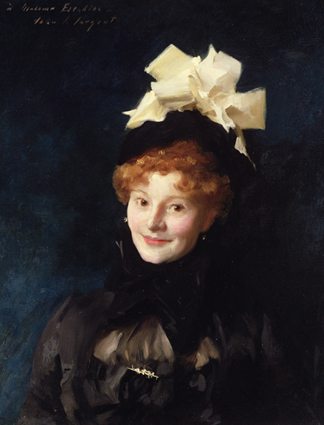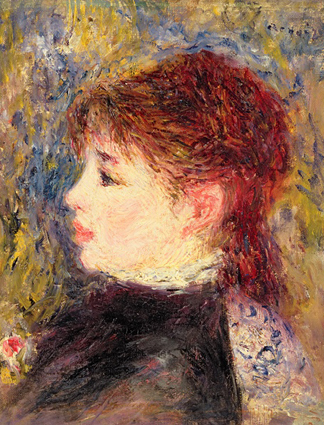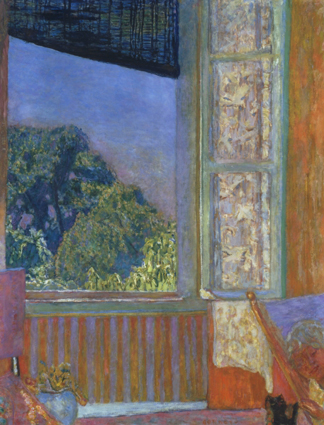Published 09/08/2012
|
The Sterling & Francine Clark Art Institute The quality of its art, the beauty of its pastoral setting, and the depth of its committment to the generation of ideas. - Principles of The Clark's mission Sterling Clark inherited his interest in art from his parents. After his distinguished career in the Army, Clark settled in Paris in 1910. In 1919, Clark married Francine Clary, and although he had already started collecting works, the two set out in earnest in what quickly became a shared purpose. They accumulated a considerable collection of French Impressionist works in addition to prints, sculpture and porcelain. American painters John Singer Sargent and Winslow Homer were also favorites of the Clarks. Unlike Barnes and Phillips, the Clark's collecting did not extend into works from the 20th century. In 1955, Sterling and Francine Clark established a museum within walking distance of Williams College in Williamstown, MA after considering bequeathing the collection to The Met. The location reinforced the museum's strong committment to higher education. Today, the Clark houses one of the largest collections of impressionist works within the U.S. The Onions by Pierre Auguste Renoir is believed to have been one of Sterling Clark's favorites. More about the Royal Academy's exhibition of Impressionist works from The Clark |

|
|

|
The Barnes Foundation "Living with and studying good paintings offers greater interest, variety and satisfaction that any other pleasure known to man." - Dr. Albert C. Barnes Albert Barnes was initially introduced to art through his friendship with former high school friend and painter, William Glackens. By 1910, Barnes was a successful chemist and his development of the chemical Argyrol had made him a millionaire. In 1911, he reached out to his old friend in Paris and commissioned Glackens to purchase several 'modern' French paintings, which would come to form the core of his collection. The following year, during a visit to Paris, Barnes met Gertrude and Leo Stein, Pablo Picasso and Henri Matisse. Ten years later, Barnes would establish his collection as a cultural institution with a very unique mission: to allow its visitors to interact with art without the "barrier" of the curator's interpretation. The Barnes Foundation has the largest collection of works by Renoir in the world, in addition to works by Cezanne, Modigliani, De Chirico and Matisse to name a few. With its move from Merion to Philadelphia in May - taking with it, its unique layout and placement - the collection of Albert Barnes is now more accessible to the public than ever. More about The Barnes Foundation View works from The Barnes Foundation available through Bridgeman |
|
The Phillips Collection "Then I turned to my love of painting for the will to live." - Duncan Phillips Duncan Phillips established the Phillips Memorial Gallery in 1921 as a memorial after the unexpected deaths of his father and brother. The original gallery only showcased a small family-owned collection. The same year his new gallery opened, he married Marjorie Acker, a painter herself, and together they set upon building and developing the museum collection. The most significant work they purchased was Renoir's Luncheon of the Boating Party, believing that visitors would flock to see the masterpiece. Despite a widespread disdain for modern art in the U.S. at the time, Phillips emphasized how modernism was informed by more traditional art. Works by artists such as El Greco, Jean-Baptiste-Simeon Chardin and Goya were amassed because they straddled the line between the Old Masters and modern painters such as Cezanne and Manet. The collection today includes over 3,000 works including a significant collection of works by Arthur Dove and the largest American collection of works by Pierre Bonnard. The Phillips were very active in their museum throughout their lives, frequently rearranging the collection. This tradition continues today. |

|


